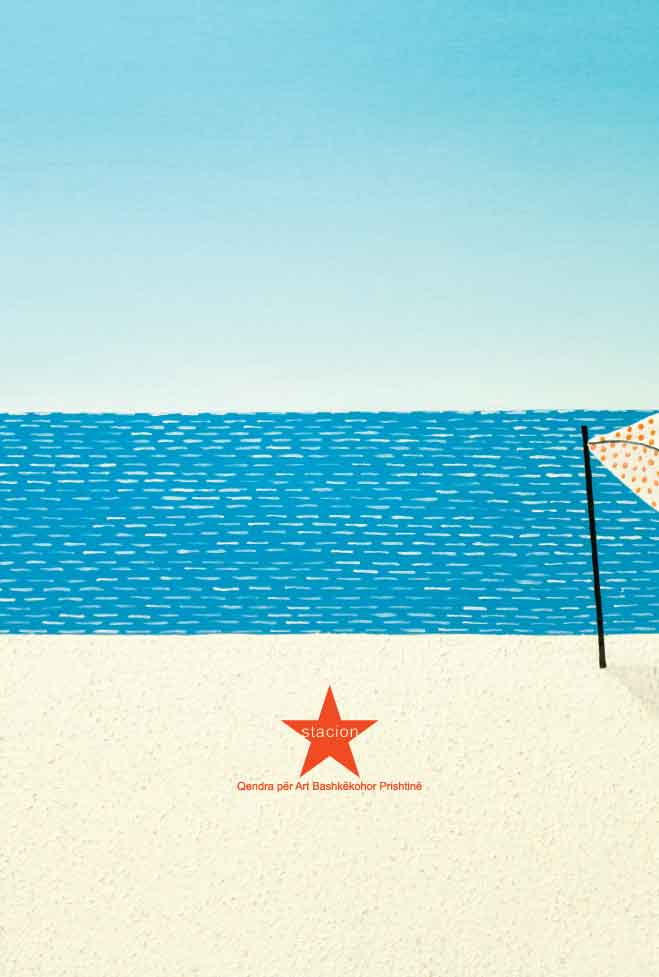
Course 1: Art History between Cradles and Barricades: Feminist art history’s research and methodology
27 July – 1 August, 2015
Course leader: Prof. Dr. Suzana Milevska
Course description
Whether one agrees that feminist art is a stage in art history, a movement, a discourse or a complete shift in ways of doing things it is clear that it embraces a different way of making art and comprehending art. In three different interlinked teaching sections (lectures followed by reading sessions and ending with a workshop) prof. Suzana Milevska will present the basic feminist research methods based on deconstruction as the major interpretative methodology by including some more recent arguments and ideas from post- Marxism, postcolonial and institutional critique, ecofeminism, cyber-feminism, transversality and intersectionality. Therefore this short course of feminist art history is not addressing only feminist art, but will offer a feminist grid of thinking about the discipline of art history by addressing different issues and prerequisites for such different art history methodology. The course argues that the profound analysis of how knowledge of art history is shaped as “a discursive formation on the axis of power institutionalised in museums and academia” (G. Pollock) and how it is determined by the general social-political contexts and economic conditions (that produced the long traditional hegemony of Western patriarchy-determined art history), has to be interlaced with different disciplinary and cross-disciplinary research layers.
Although feminist research itself is considered as a methodology there aren’t specific feminist research methods so the discipline of art history uses its own research methods, but by asking new research questions. The major general research questions addressed during the course will be the common questions feminists ask about epistemology and knowledge construction. The emphasis thus will be put on the positioning of the researcher within the process of research and within theorizing and on the intended purpose of the produced knowledge (e.g. the aims to understand why inequality between women and men still exists and to investigate the main reasons for the male domination). The seminal debate about the difference between essentialism and constructivism will be addressed through different examples from art history. Some of the additional questions to be discussed as relevant to the differentiation between male dominated art history and feminist art history methodology are how is a woman's gaze different from a man's? How does gender identity and difference influence the ways in which the two genders view the world? And how they view art? What place do they have in art?
Starting with the need for reinterpretation of some of the commonly received knowledge of art history periods, movements and genres and following more recent debates and issues stemming out the contemporary art practice of feminist oriented artists the course will enable the students to continue independent research along these line of thinking of art history. Some of the art history topics to be discussed and rehearsed through the close reading sessions and workshops will be e.g. deconstructive reading of famous artistic styles, directions and masterpieces by male artists from a feminist art history perspective, exhaustive research of lesser known, but misinterpreted and/or underestimated female artists.